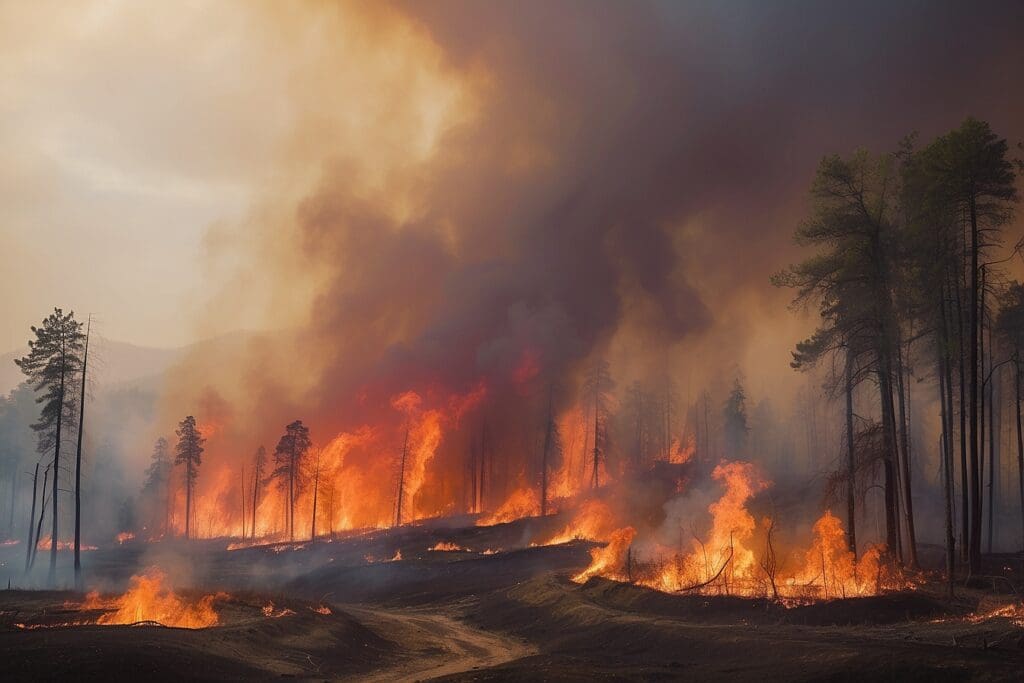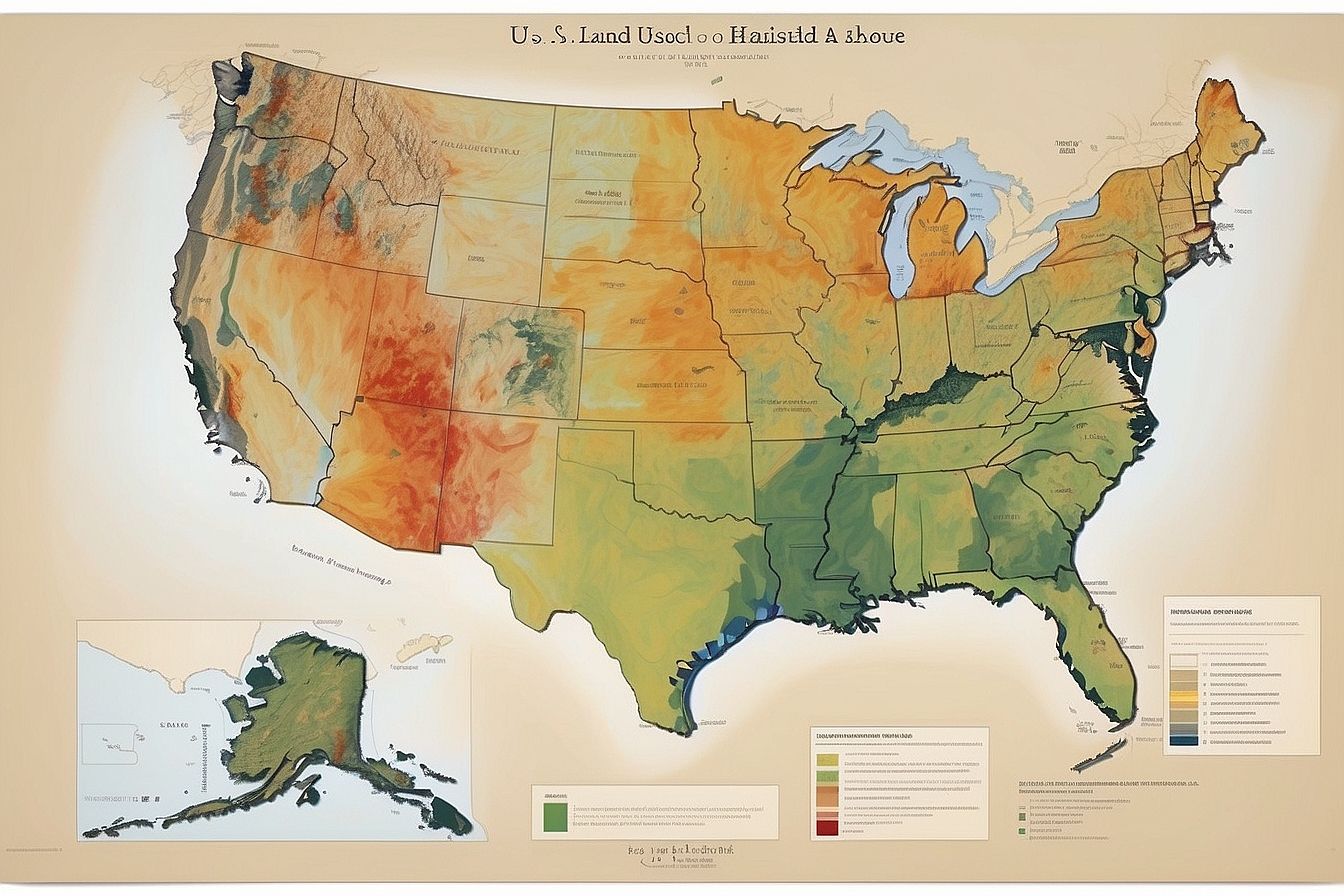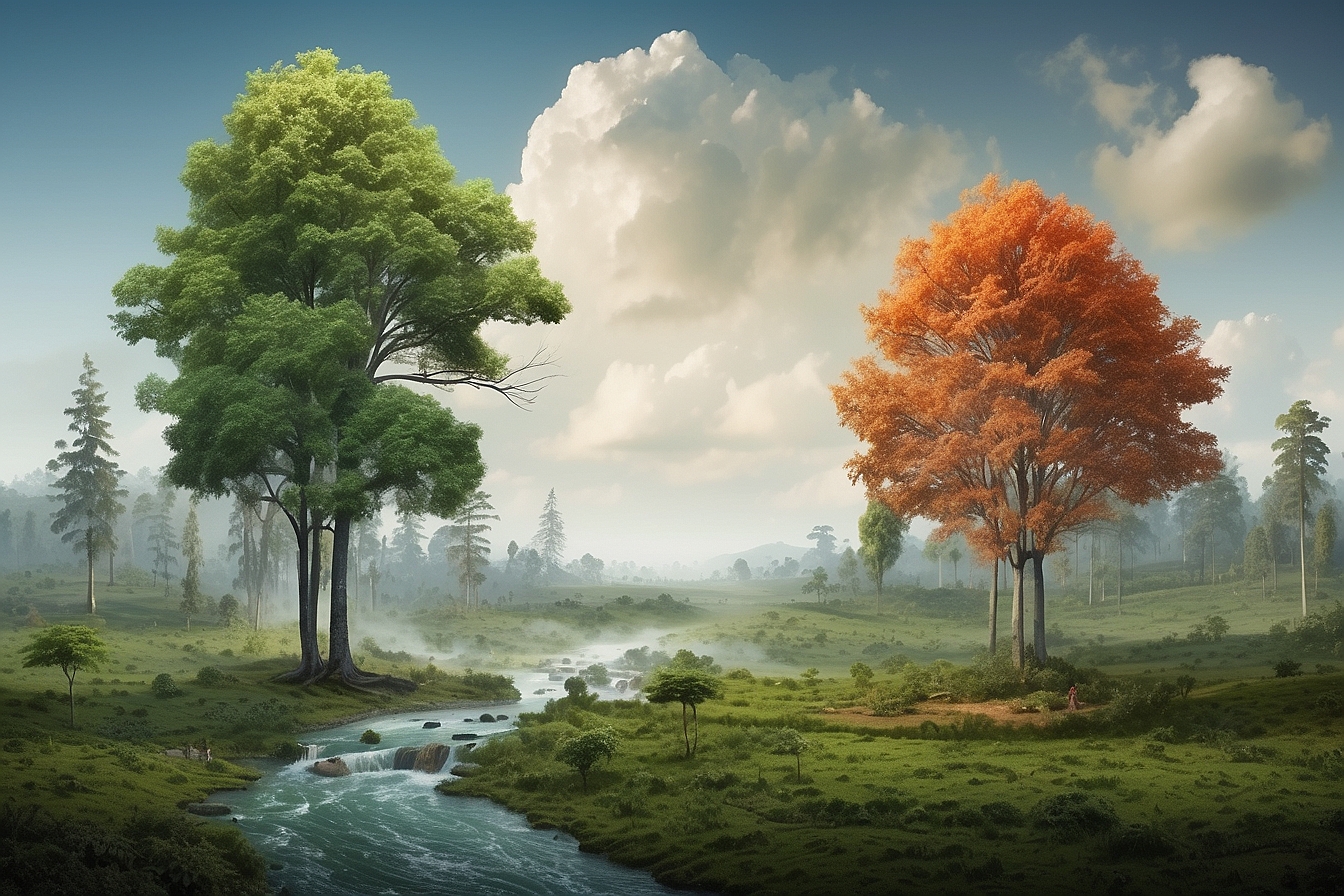For residents of the Bay Area, late-June usually signifies getaways up to Lake Tahoe, wine tasting in Napa and Sonoma County, camping trips to Big Sur, or festival fun in the city. This year, we are experiencing something a little different: eerily hazy skies, smoke-filled air, and soot. The smoggy skies are a result of about 1,100 wildfires burning across Northern California-covering almost 200,000 acres of land. Over 12,500 firefighters have been working to tame the burning chaos, but many of the fires continue to spread. Although some of the causes still remain a mystery, many of the fires are being attributed to warmer temperatures, less precipitation, and dry lightning storms. So what does this all mean to our health and the environment?
Human Health
Air quality in the Bay Area is being greatly affected by the smoke from wildfires in central and Northern California. According to the Bay Area Air Quality Management District, “air quality throughout much of the nine-county Bay Area region—comprising Alameda, Contra Costa, Marin, Napa, San Francisco, San Mateo, Santa Clara, southwestern Solano and southern Sonoma Counties—is forecast to reach unhealthy levels on Thursday, June 26, and Friday, June 27, 2008.” Smoke from burning wood or other organic matter is comprised of microscopic particles that can irritate your eyes, and respiratory system. Individuals with heart or lung disease, asthma, or who are children or elderly are advised to take even stricter precautions-as they are more likely to be affected by the smoke pollution. For tips on how to protect yourself and others from the affects of smoke, check out http://www.airquality.org/smokeimpact/.
Environment
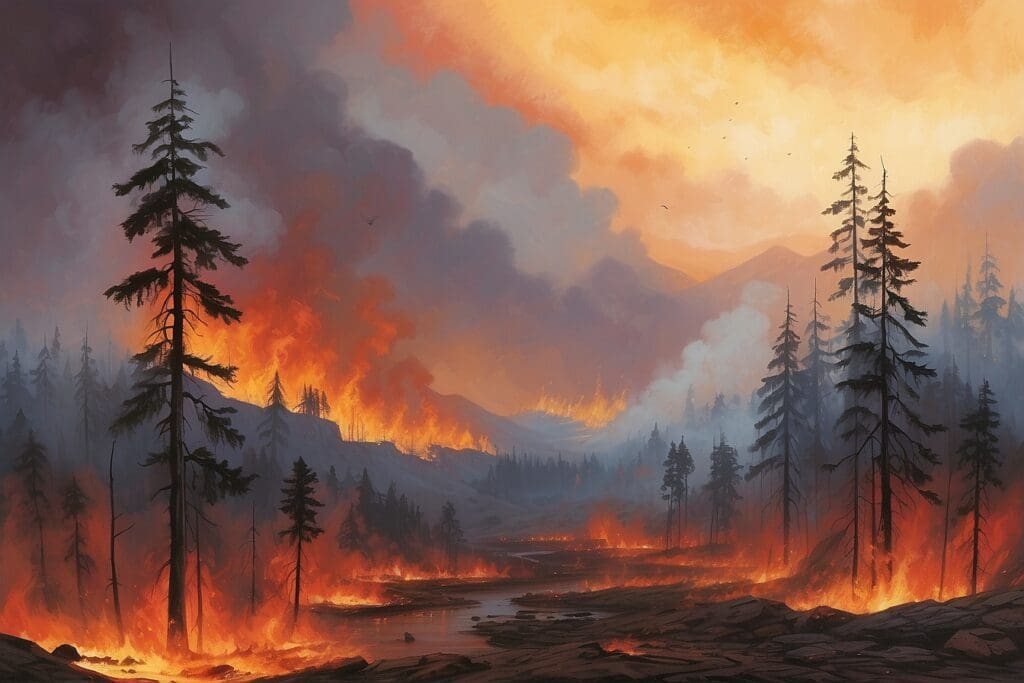
Wildfires are part of a natural system. Along with wind, rain, and other forces, California’s natural landscape is equipped to benefit from wildfires. However, with warmer temperatures and drier conditions, wildfires are on the rise. According to a CBS report: “if a fire recurs in an area within five to 10 years, the hardy native shrubs may not get the chance to mature and create seeds. Exotic weed-like grasses that germinate quickly can fill in areas faster than natives can recover.” Older trees, like spruce trees and centuries-old oak may be lost in increased fire activity. Without native vegetation, many species, including endangered species, may not be able to survive in an altered habitat. Newer shrubs, grasses, or trees may have different root structures altering the soil make-up and erosion cycles in the ground.
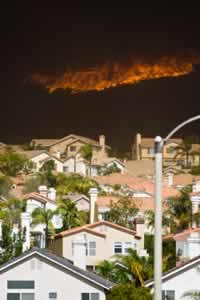
So what can be done? According to the USDA, in the western United States, wildfires have increased in frequency by 60 percent in the last 30 years. Governmental agencies are spending up to $1.7 billion to combat these fires. There is continued debate about what is causing this increased incidence of wildfires. Most of the early studies of the western United States fires were focused in 19th and 20th century land-use history. It has not been until recently, that the focus has shifted to climate change. Many studies show that wildfire prevalence is strongly associated with regional spring and summer temperatures. Regions with an earlier spring thaw, warmer temperatures, and less precipitation are experiencing a higher frequency of fires, most notably in the western United States. Some would argue it is the fault of global warming, others may say that increased land-use or agriculture is to blame. At a time when the true story is still not clear, we can help to reduce the frequency of wildfires by working to reduce our overall impact on the natural environment.
For a map of the current fires burning, go to http://activefiremaps.fs.fed.us/.

